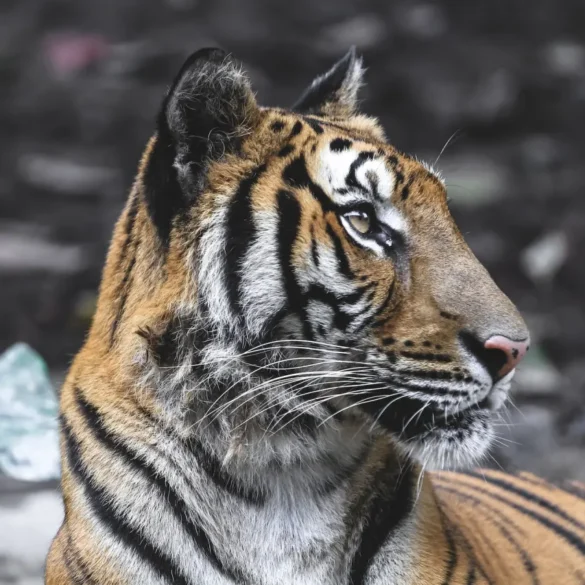Assam is that one perfect picturesque location that looks breathtaking with its lush greenery. The unique bio diversity in Assam helps in the thriving of exotic flora and fauna. What makes the state even more intriguing is the number of wildlife sanctuary in Assam. Do you know how many wildlife sanctuaries in Assam are there currently? The number is 17. Yes. That’s how many sanctuaries are present in Assam at the moment. Not just that along with these 17, there are two more proposed wildlife sanctuaries of Assam right now. In this article we will talk about a few of them. Furthermore I will also share some details about these sanctuaries that you would need to plan a visit there. So keep on reading.
Chakrashila Wildlife Sanctuary
Location: Chakrashila Hill, Assam
How to reach Chakrashila Wildlife Sanctuary:
The Guwahati International Airport is about 263 km away from the Sanctuary. If you wish to travel by road from Guwahati then the distance is about 269 km. From Kokrajhar it is only 7 km away, 50 km away from Bongaigaon and 70 km away from Dhubri.
Best time to visit Chakrashila Wildlife Sanctuary:
November to April
Located in the Kokrajhar and Dhubri district in Assam, this is one of the most popular Wildlife Sanctuary in Assam. This is the second home of the much protected endangered species Golden Langoor. Here you can spot many animals in their most natural habitat. The area of the sanctuary spreads across 45. 50 sq km. In the foothills of the Himalayas, this sanctuary is in a close proximity with the Beel and Diplai Beel Lakes. Chakrashila Wildlife Sanctuary was previously a Reserve Forest in 1966. However, later in 1994 it was finally recognized as a Wildlife Sanctuary. Right now this is a popular spot for tourists and is a great option to spend a day with your family and friends.
Special attractions:
You can spot a huge variety of species here. This Sanctuary houses 273 species of birds here. Therefore it is a great spot for the birdwatchers. Furthermore there are almost 60 species of fishes, 14 species of Amphibians and 11 species of reptiles here. Amongst animals, other than the preserved Golden Langurs this sanctuary is also home to Chinese Pangolin, Bengal Fox, Indian Flying Fox, Rhesus Macaque, Indian Pipistrelle, Asiatic Jackal etc.
Bornadi Wildlife Sanctuary
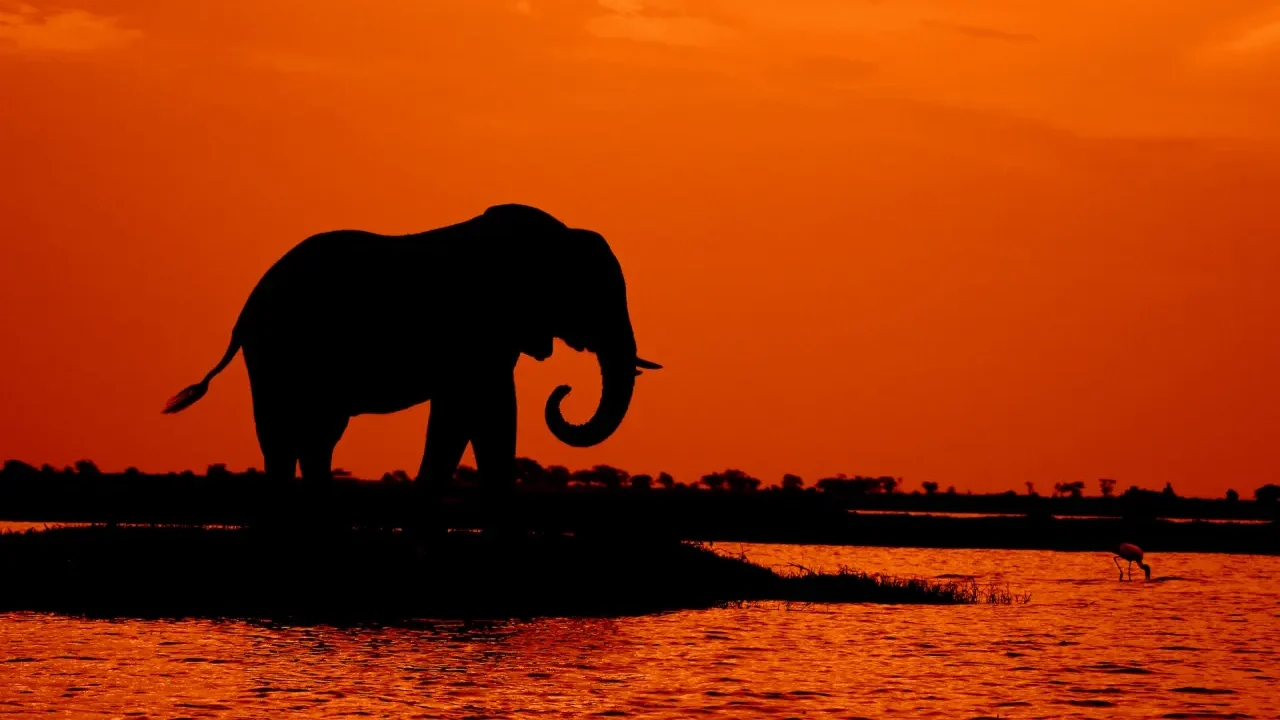
Location: No 4 Barangajuli, Assam
How to reach Bornadi Wildlife Sanctuary:
Lokpriya Gopinath Bordoloi International Airport in Guwahati is the closest which is about 150 km away. Also from Tezpur it is 120 km away, 70 km away from Mangaldai and 140 km away from Rajiv Gandhi Orang National Park in Assam.
Best time to visit Bornadi Wildlife Sanctuary: November to April
Bornadi Wildlife Sanctuary is specially constituted for the protection of Pygmy Hog and Hispid Hare. The area is only spread across 26. 22 sq km yet the kind of animals you will find here will blow your mind. It is located at a perfect spot on the foothills of the Himalayas with Bhutan on the other side of the boundary.
Special attractions:
You can see many mammals here like Leopard, Tiger, Elephant, Gaur, Small Indian Civet, Chinese Pangolin, Jungle Cat, Himalayan Black Bear, Pygmy Hog, Hispid Hare, Porcupine, Barking Deer, and Wild Pig etc. Also you can see a lot of birds here like Bengal Florican, Peafowl, Swamp Partridge, Hornbill and more.
Kaziranga National Park
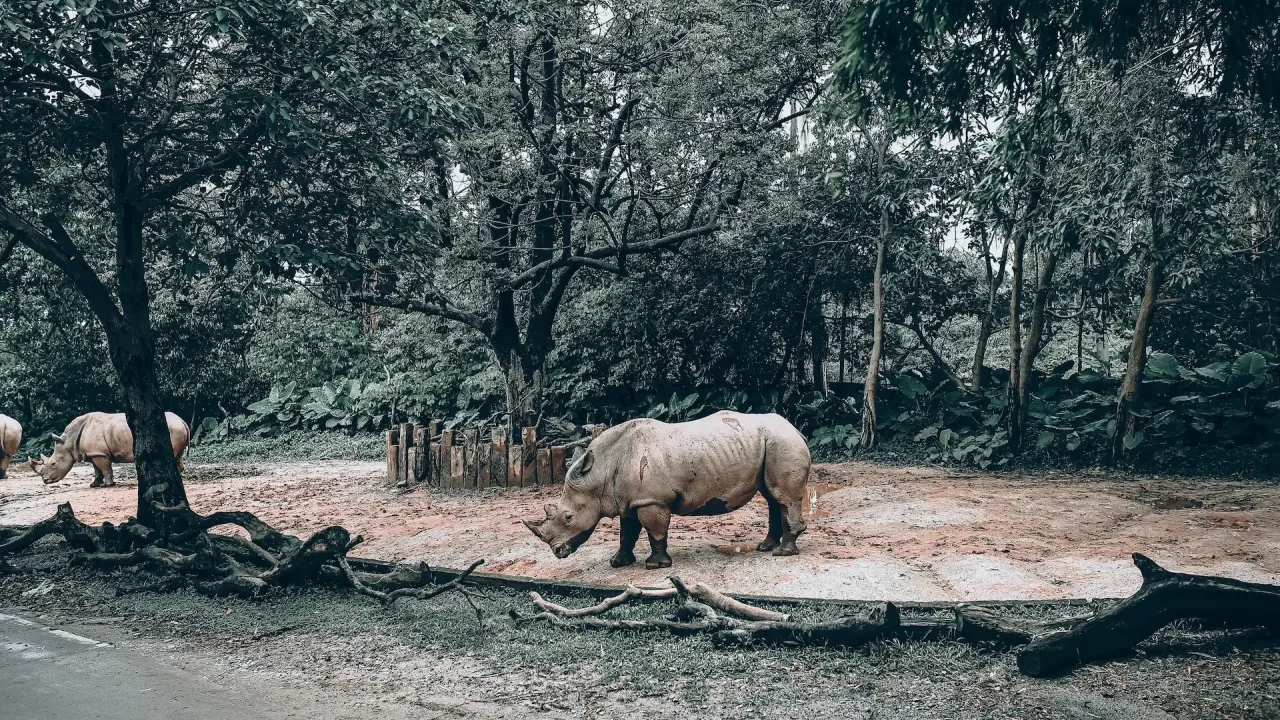
Location: Golaghat and Nagaon District, Assam
How to reach Kaziranga National Park:
The Guwahati Airport is the closest international Airport which is 239 km away. Rowriah Airport in Jorhat is 97 km away.
Best time to visit Kaziranga National Park: Ideal time is November to April
Even if we are talking about wildlife sanctuaries here, the mention of this National Park in Assam is a must. The Kaziranga National Park is one of the most visited tourist spots as well as the largest National Park in Assam. At first this was a Forest Reserve in 1908 and later in 1950 this was declared as a Wildlife Sanctuary. However in 1968 this was declared as a National Park. Another thing is that this National Park is also a name in the prestigious list of UNESCO World Heritage Sites. In 2006 it was also declared as a Tiger Reserve for the highest density of tiger here. Known for the population of Indian One Horned Rhinos, this national park houses many other endangered species. Also this national park is an Important Bird Area (IBA).
Special attractions:
Wild Buffalos, Leopard, Small Indian Civet, Large Indian Civet, Fishing Cats, Capped Langurs, Hoolock Gibbon, Sambar, Rhesus Macaque, Assamese Macaque, Hog Deer, Sloth Bear, Gaur, Gangetic Dolphin, Hog Badger, Swamp Deer, Tiger, Elephants are housed here. Some of the birds found here are Pelicans, Horn bills, Bengal Florican, Osprey etc.
Read More : Kaas Plateau
Bura- Chapori Wildlife Sanctuary
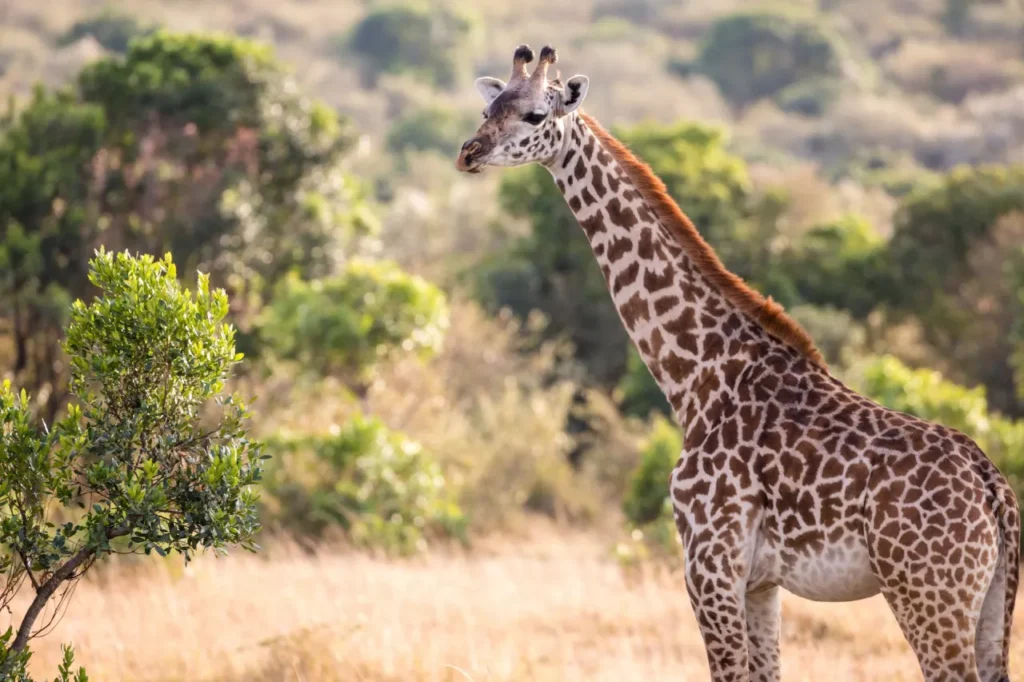
Location– Sonitpur, Assam
How to reach Bura- Chapori Wildlife Sanctuary:
From Guwahati the sanctuary is about 160 km away. If you are travelling by road then it is 30 km away from Tezpur Salonibari Airport, 40 km away from Nagaon and 180 km away from Jorhat.
Best time to visit Bura- Chapori Wildlife Sanctuary:
November to March
Located in the Sonitpur district in the southern bank of Brahmaputra, this is yet another beloved Wildlife Sanctuary of Assam. The area of this sanctuary spreads across 44.06 sq km. This sanctuary is dotted with the wetlands and river system on its side because of its location. Also it is a part of the Laokhowa-Burachapori ecosystem. The area mostly comprises semi evergreen forests and alluvial grasslands. It is one of the sanctuaries in Assam that remain crowded most of the time.
Special attractions:
Bengal Florican, Water Hen, Wood Cock, Parakeets, Swamp Partridge are some of the birds that can be spotted here. Among animals you can spot Elephants, Tiger, Leopard, Wild Buffalo, Wild Pigs, Hog Deer etc.
Deepor Beel Wildlife Sanctuary
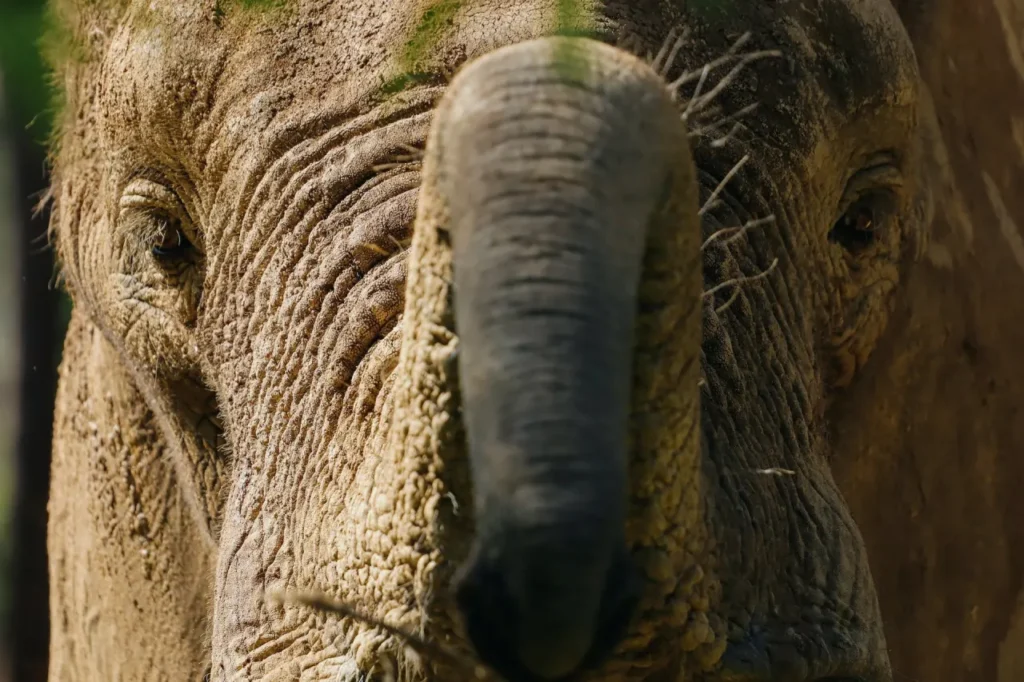
Location: Guwahati, Kamrup district, Assam
How to reach Deepor Beel Wildlife Sanctuary:
If you are travelling via road then this is only 18 km away from the Guwahati city.
Best time to visit Deepor Beel Wildlife Sanctuary:
October to March
Deepor Beel Wildlife Sanctuary also known as Deepor Beel Bird Sanctuary is most famous for its bird species. Here you can observe almost 170 different varieties of birds. Popular among the locals as well as the tourists this wildlife sanctuary in Assam is located amidst greenery and water bodies. Moreover, this wildlife sanctuary is also mostly known for its avifaunal diversity. It is one of the rare locations where you can see an amalgamation of forest ecosystem and wetland.
Special attractions:
Amongst the 170 varieties of birds found here, 1 is endangered, 2 are critically endangered, 4 are near threatened and 5 are vulnerable species. The popular ones found here are Open Billed Stork, Greater Adjutant Stork, Shoveler, Whistling Teal, Pintail, and Pheasant Tailed Jacanas etc. You can also spot herd of elephants here occasionally. Furthermore, there are 50 fish species, 12 species of reptiles, 6 species of Amphibians and almost 155 Aquatic micro biota species here. Not just that this sanctuary also houses a huge range of insect community and butterflies.
Hollongapar Gibbon Wildlife Sanctuary
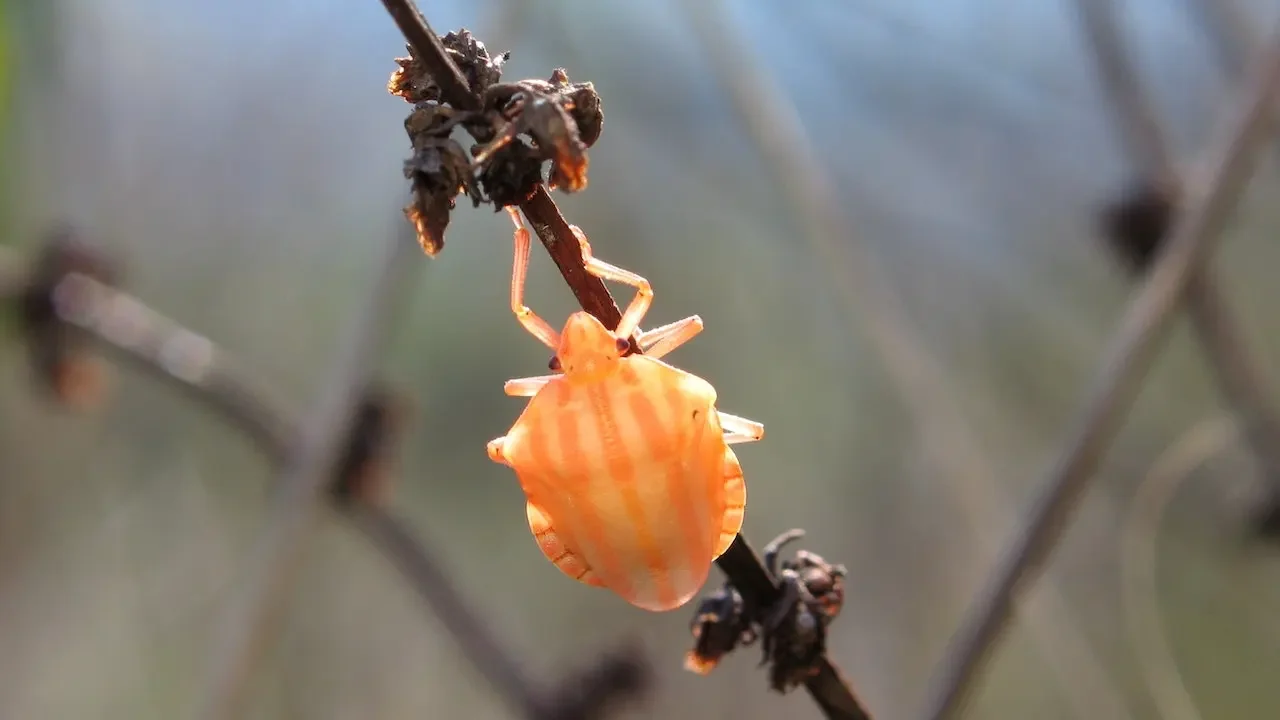
Location: Mariani, Jorhat, Assam
How to reach Hollongapar Gibbon Wildlife Sanctuary:
If you are travelling by train then Mariani Railway Junction is the closest which is only 5 km away. And if you are travelling by air then Rowriah Airport in Jorhat is 25 km away. If you are travelling via road then Jorhat town is 20 km away from the sanctuary.
Hollongapar Wildlife Sanctuary was constructed in 1997 in an isolated part of Assam. What makes this sanctuary most special is that this sanctuary houses the rare and only gibbons found in India that is the Hoolock Gibbon. The area of this sanctuary is not very huge. It is spread across 20.98 sq km in Assam’s Jorhat district. This is a semi evergreen forest and you can get very close to wildlife here. Therefore, this sanctuary also promises a great experience to its visitors who can observe the wild animals in their most natural habitat here.
Best time to visit Hollongapar Gibbon Wildlife Sanctuary:
June to July and February to March
Special attractions:
Apart from the Hoolock Gibbons you can see Leopard, Tiger, Elephant, Assamese Macaque, Pangolin, Jungle Cat, Rhesus Macaque, Stump Tailed Macaque, Pig Tailed Macaque, Capped Langur, Giant Squirrel, Squirrels, Slow Loris, Sambar, Barking Deer, Indian Civet and Wild Pigs here. Other than that you can also observe different species of birds here like Osprey, Indian Pied Horn Bill, Kalij Pheasant, Hill Myna etc. Also different varieties of reptiles are housed here as well like Indian Cobra, Indian Python, Indian Tent Turtle, Common Monitor Lizard etc.
The weather, climate, environment, temperature, and ambience everything is required for the survival of animal, birds and plant species. Assam and its rich biodiversity is the reason for the thriving of these wildlife sanctuaries. Whenever you are in Assam, you must make a visit to these wildlife Sanctuaries in Assam. It would be enriching as well as entertaining to visit these spots. So do let me know if you have ever been to Assam or you wish to? Do let me know when you are planning your visit to Assam and which of these wildlife sanctuaries in Assam are definitely going to be included in your itinerary, I would love to know that.

